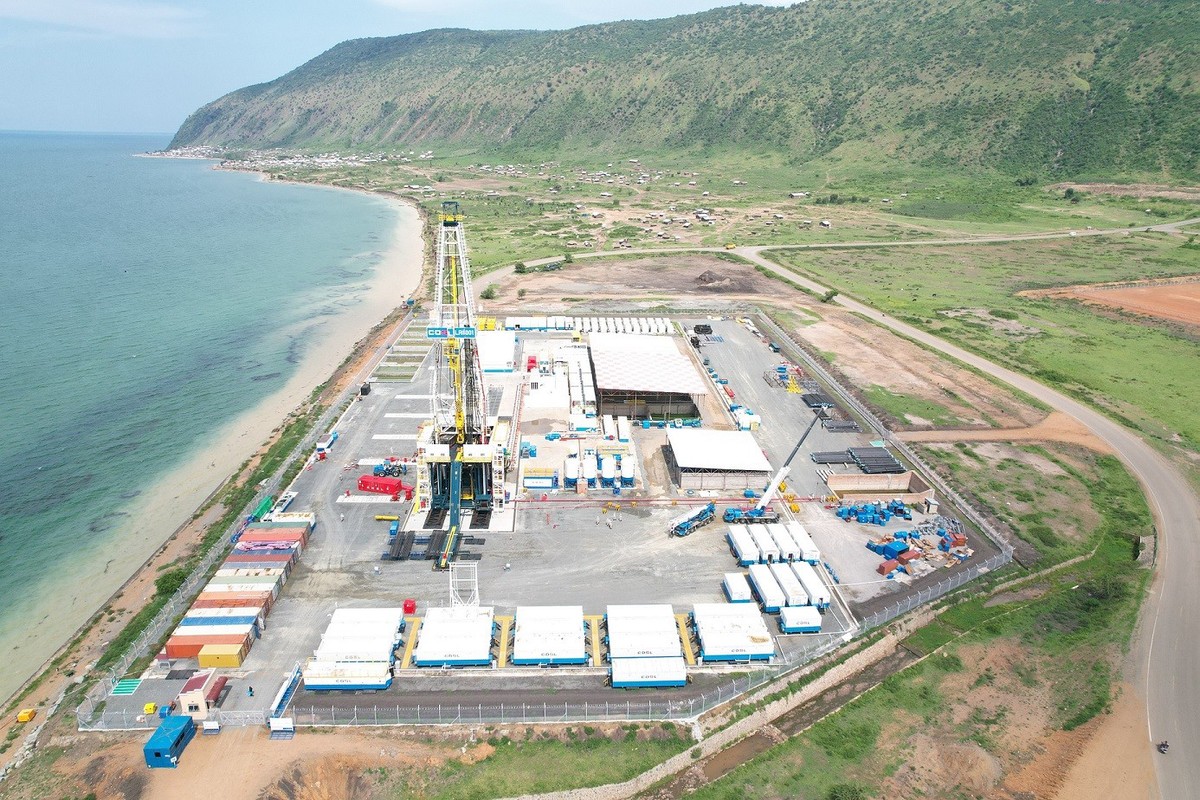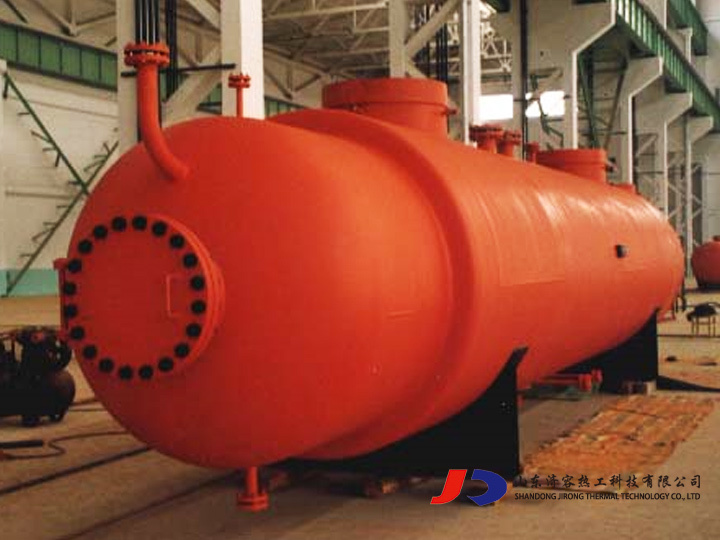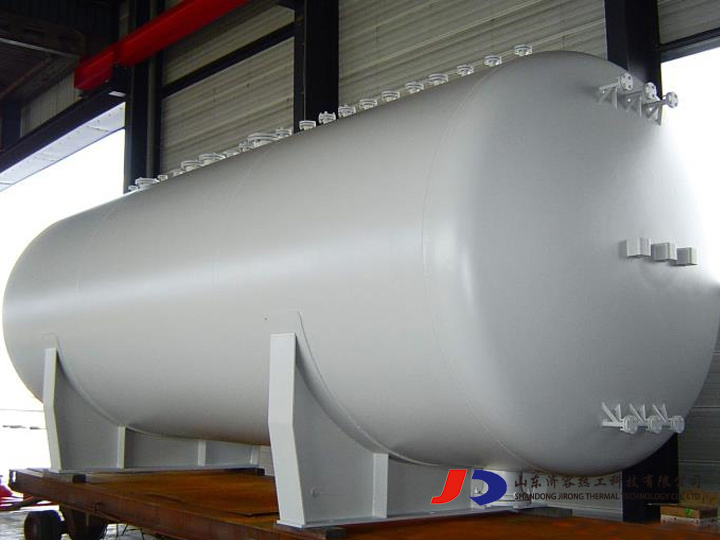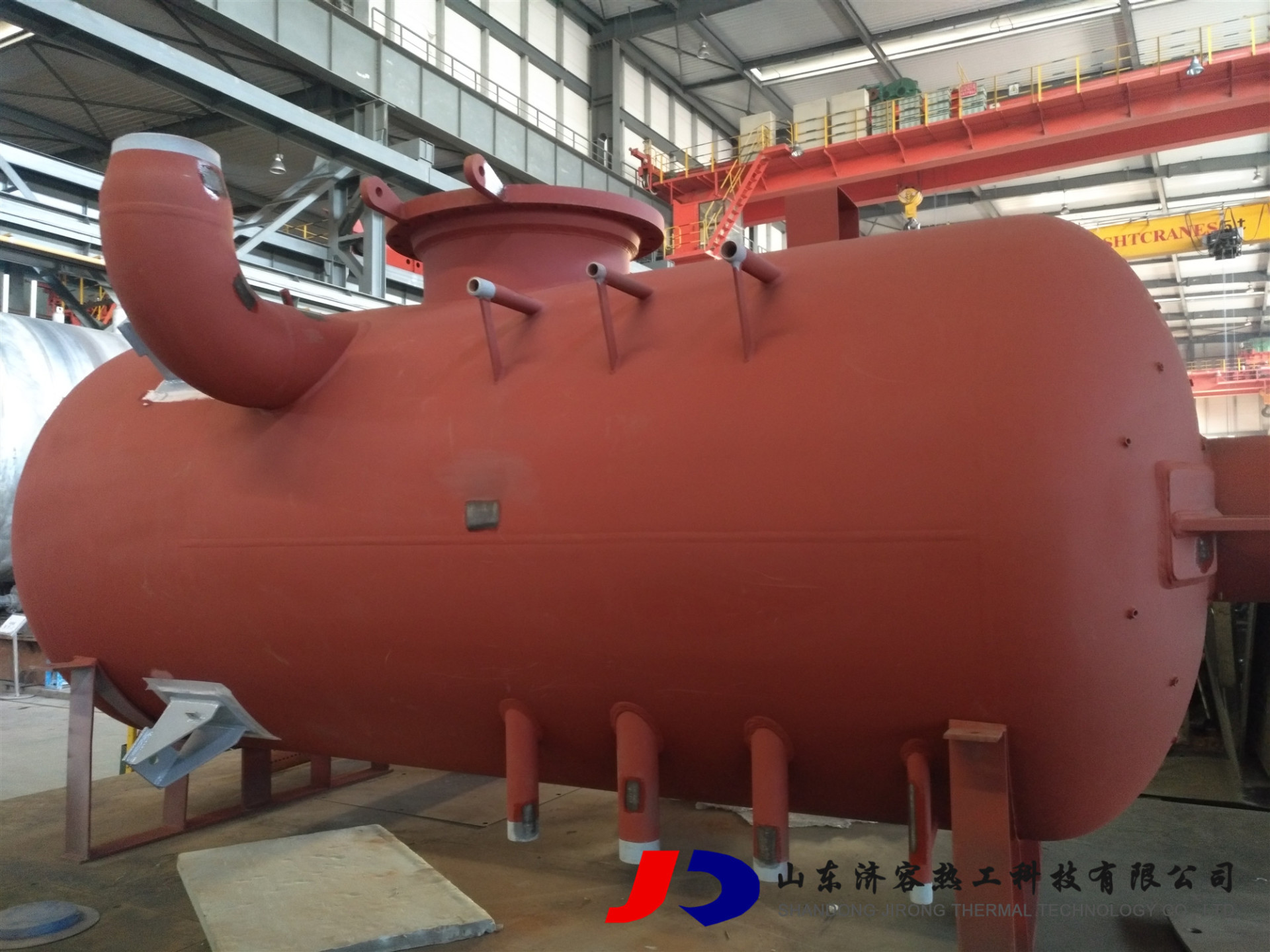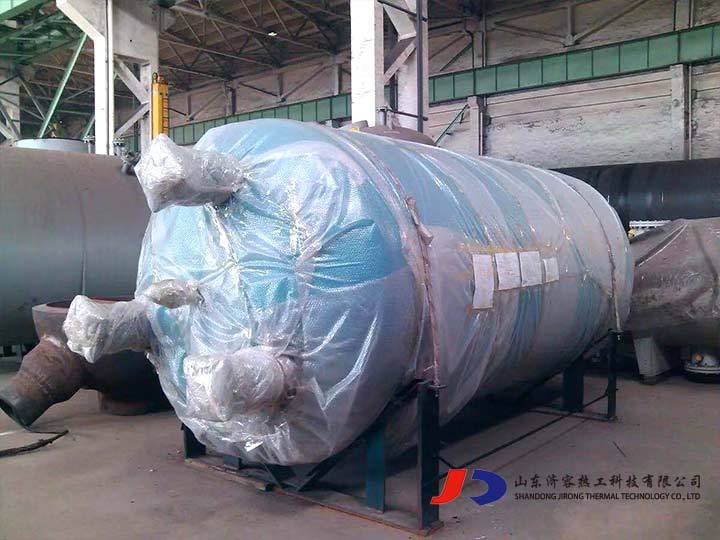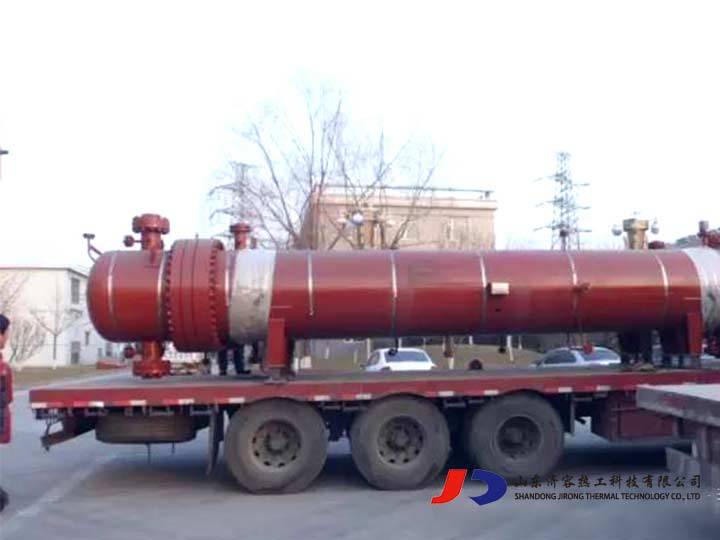Kingfisher Oil Field Facilities Project
Pressure vessel (yālì ró ng qì), English: pressure vessel refers to a closed device that contains gas or liquid and carries a certain pressure. In order to implement scientific management and safety inspection more effectively, pressure vessels are divided into three categories according to working pressure, medium harmfulness and its role in production in China's Pressure Vessel Safety Supervision Regulations. And for each category of pressure vessels in the design, manufacturing process, as well as inspection items, content and methods to make different provisions. Pressure vessels have implemented the safety and quality licensing system for imported goods, and goods that have not obtained the import safety and quality license are not allowed to be imported. According to the latest TSG21-2016 "Safety and Technical Supervision Regulations for Fixed Pressure Vessels", it should be divided into the first group of media and the second group of media according to the media, and then classified into categories I, II and III according to the pressure and volume. The so-called first, second and third categories of the old capacity regulations are no longer applicable.
A pressure vessel is a closed container that can withstand pressure. The use of pressure vessels is extremely wide, it has an important position and role in many sectors such as industry, civil, military and many other fields of scientific research. Among them, the pressure vessels used in the chemical industry and petrochemical industry are the most, and the pressure vessels used in the petrochemical industry alone account for about 50% of the total number of pressure vessels. Pressure vessels are mainly used for heat transfer, mass transfer, reaction and other technological processes in the chemical and petrochemical fields, as well as storage and transportation of pressurized gases or liquefied gases; they are also widely used in other industrial and civil fields, such as air compressors. All kinds of special compressors and auxiliary machines of refrigeration compressors (coolers, buffers, oil-water separators, gas storage tanks, evaporators, liquid coolant storage tanks, etc.) are pressure vessels.
Key words:
Kingfisher Oil Field Facilities Project
Classification:
Product Introduction
Our company's supply Kingfisher Oil Field Facilities Project the smooth delivery of pressure vessel equipment such as gas storage tanks, filters, adsorption cylinders, etc.
Uganda CNOOC Kingfisher Oilfield EPC 3 Package Project: CPECC/Marine Consortium won the bid for the project on February 8 through "cloud signing" and is responsible for the EPC general contract of the project. The design is mainly composed of Jianghan Design Institute, Beijing Branch and Engineering Design and Research Institute of the Seventh Construction Company. The procurement is jointly organized by the consortium. The construction and trial operation are mainly composed of local subcontractors. The construction period of the project is 36 months, the trial operation period is 2 months, and the whole project is expected to be delivered in April 2025. After it is completed and put into production, the output of Kingfisher oilfield will reach 40000 barrels per day, which is of great significance to promote the implementation of the principle of "joint discussion, joint construction and sharing" between China and Ukraine in the "Belt and Road Initiative", to build Uganda's oil and gas industry chain, to promote local economic development, and to promote the pace of Uganda's oil industrialization.

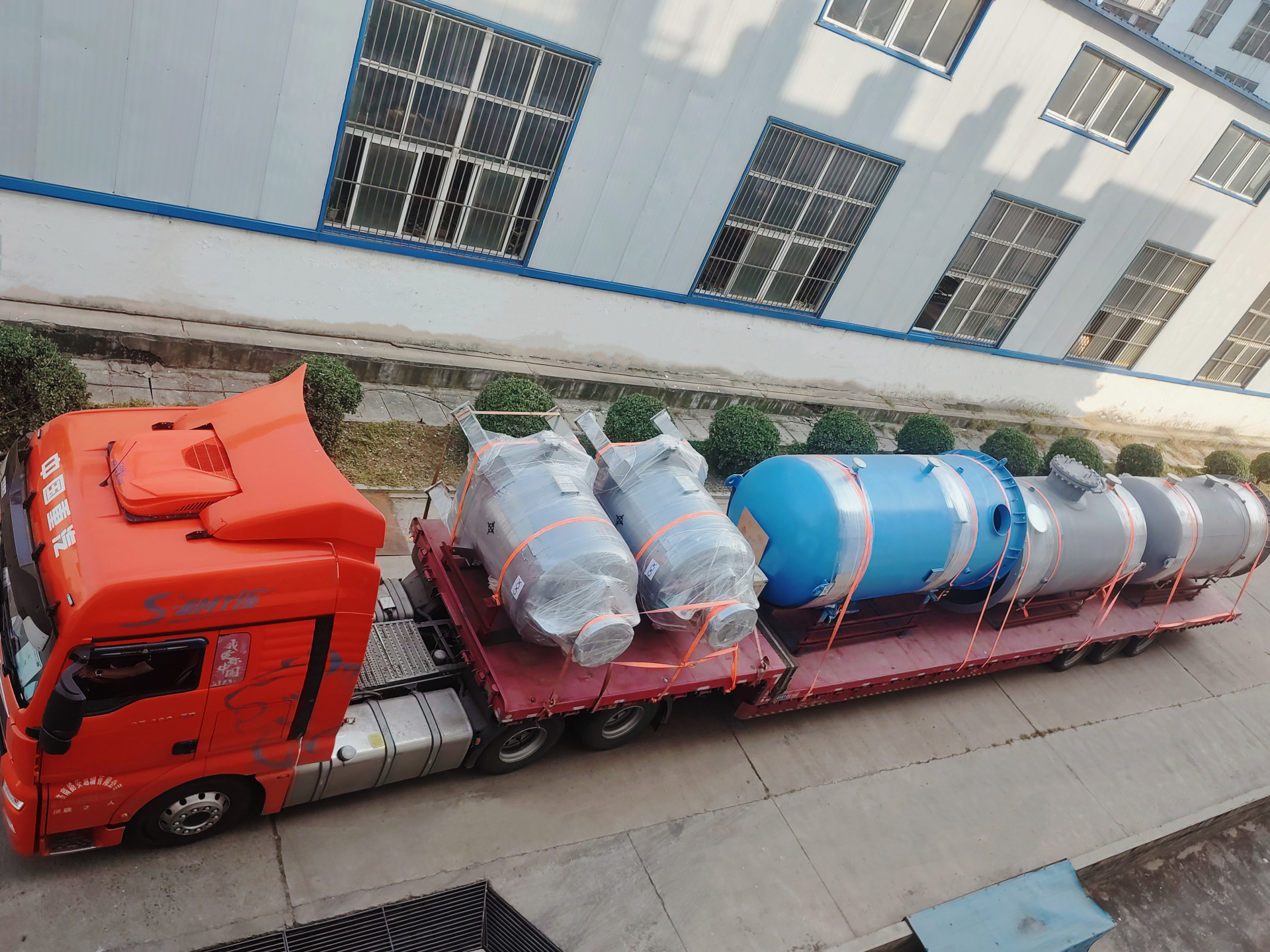
Pressure vessel (yālì ró ng qì), English: pressure vessel refers to a closed device that contains gas or liquid and carries a certain pressure. In order to implement scientific management and safety inspection more effectively, pressure vessels are divided into three categories according to working pressure, medium harmfulness and its role in production in China's Pressure Vessel Safety Supervision Regulations. And for each category of pressure vessels in the design, manufacturing process, as well as inspection items, content and methods to make different provisions. Pressure vessels have implemented the safety and quality licensing system for imported goods, and goods that have not obtained the import safety and quality license are not allowed to be imported. According to the latest TSG21-2016 "Safety and Technical Supervision Regulations for Fixed Pressure Vessels", it should be divided into the first group of media and the second group of media according to the media, and then classified into categories I, II and III according to the pressure and volume. The so-called first, second and third categories of the old capacity regulations are no longer applicable. A pressure vessel is a closed container that can withstand pressure. The use of pressure vessels is extremely wide, it has an important position and role in many sectors such as industry, civil, military and many other fields of scientific research. Among them, the pressure vessels used in the chemical industry and petrochemical industry are the most, and the pressure vessels used in the petrochemical industry alone account for about 50% of the total number of pressure vessels. Pressure vessels are mainly used for heat transfer, mass transfer, reaction and other technological processes in the chemical and petrochemical fields, as well as storage and transportation of pressurized gases or liquefied gases; they are also widely used in other industrial and civil fields, such as air compressors. All kinds of special compressors and auxiliary machines of refrigeration compressors (coolers, buffers, oil-water separators, gas storage tanks, evaporators, liquid coolant storage tanks, etc.) are pressure vessels.
online message
Related Products

Jirong Thermal


